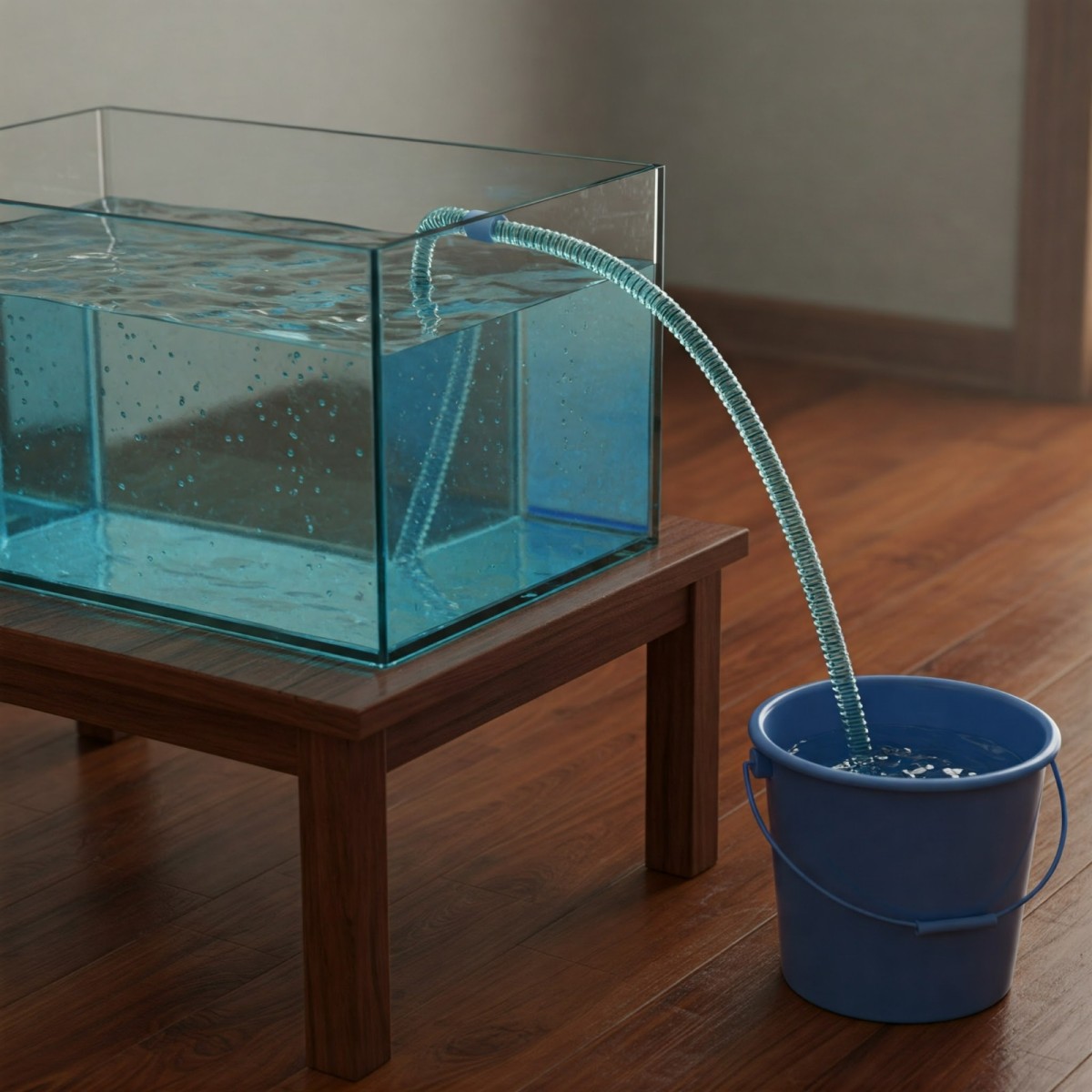Understanding Siphonic
What is a siphonic system?
Siphonic action in nature can be observed during an activity of draining water from a fish tank. A pipe or hose filled with water, with one end dipped into the water in the tank, and the other end discharging at a lower level. The water will fully fill the hose and stream naturally to the discharge point.
Siphonic in Rainwater System
Following this principle, the siphonic system developed as a rainwater system. The roof outlets and pipe configuration are designed following certain calculations, codes & standards so that can work as a safe & well-run siphonic system.

Key Advantages of Siphonic System
- Due to full bore Higher flow velocities in the pipe and produces corerrespondingly high flow rate if comare to gravity.
- Smaller gutter leads to gutter cost reduction. Dematerialization of gutter and support materials significantly reduces carbon emissions.
- Pipe size is about 1/3 of the gravity system's pipes. Reducing material up to 80%. Pipe & fitting dematerialization reduce carbon emissions by up to 80%.
- During the storm, the water level at the roof or gutter is lower compared with the gravity system.
- Horizontal pipe without a slope or zero gradients.
- Less underground drainage, less number of sumps (cost saving). No drainage inside the building. Concrete dematerialization significantly reduces carbon emissions.
- Less outlet penetration at the gutter or roof, reduce potential leakage.
- Less down pipe, less penetration to the wall, architecturally better.
- Total cost saving up to 35%

